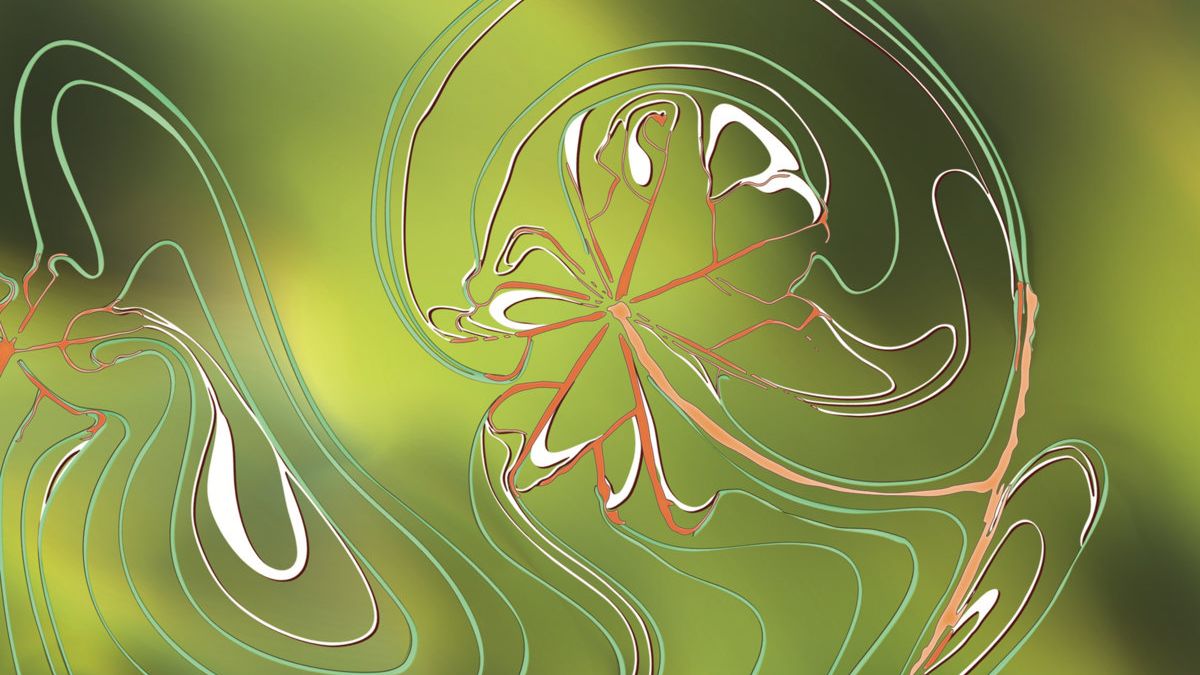Anyone stumbling across the utopian cerulean vistas of Cahl Sel’s Blue EP earlier this year could have been forgiven for wondering if the record was a forgotten gem from three decades past, rather than a brand-new production from a young upstart.
For one thing, the label that put it out, Reflective, is itself a vestige of leftfield electronic music’s golden age, having lain largely dormant since 1997. Reflective was resurrected in 2022 to release Cahl Sel’s debut EP, Every Moment; in its prime, the imprint had been responsible for a wealth of mid-’90s classics—records from bright-eyed mischief-makers like label founder Spacetime Continuum and IDM pioneer µ-Ziq, recording as Kid Spatula, who lured curious ravers in stranger, squirrelier directions. The sound of both Cahl Sel EPs, particularly Blue, invoked that era in their clean-lined drum programming and bucolic washes of synthesizer, and with good reason: The San Francisco musician, aka Jasper Sharp, makes and performs his music on a hardware setup that harkens back to a halcyon, pre-laptop era.
Cahl Sel’s debut album, Traces, sounds even more like a lost ambient-techno classic. The drums move like precision-engineered machinery: sturdy yet understated kick drums, die-cutting snares, diamantine hi-hats spinning in tricky clockwork patterns. Arpeggios twirl in elegant arcs against airy pads that glow like a tropical sunrise. Tracing the path of Cahl Sel’s serpentine synthesizer melodies, it’s easy to imagine hothouse flowers filmed in stop motion: green shoots whipping upward, uncurling in midair, and slowly exploding into star-shaped blossoms tinged with cadmium and azure.
Traces carves a sidewinding path between sleek, propulsive cuts and more atmospheric passages. The jittery techno of opener “Blink” slows to a languid electro crawl in “Call to Mind” before the drums disappear completely in “Livin,” an otherworldly sketch that runs new-age tones through the mazelike circuitry of the BBC Radiophonic Workshop. But, as with the best ambient techno of the ’90s, the division between “dance music” and “listening music” is purely notional: It’s a full-body sound that rewards both energetic movement and horizontal repose.

